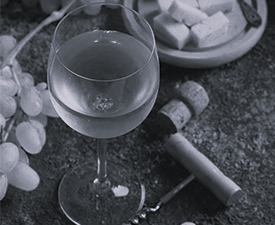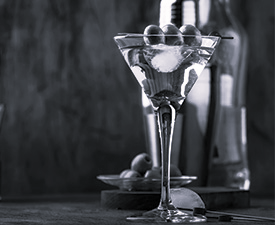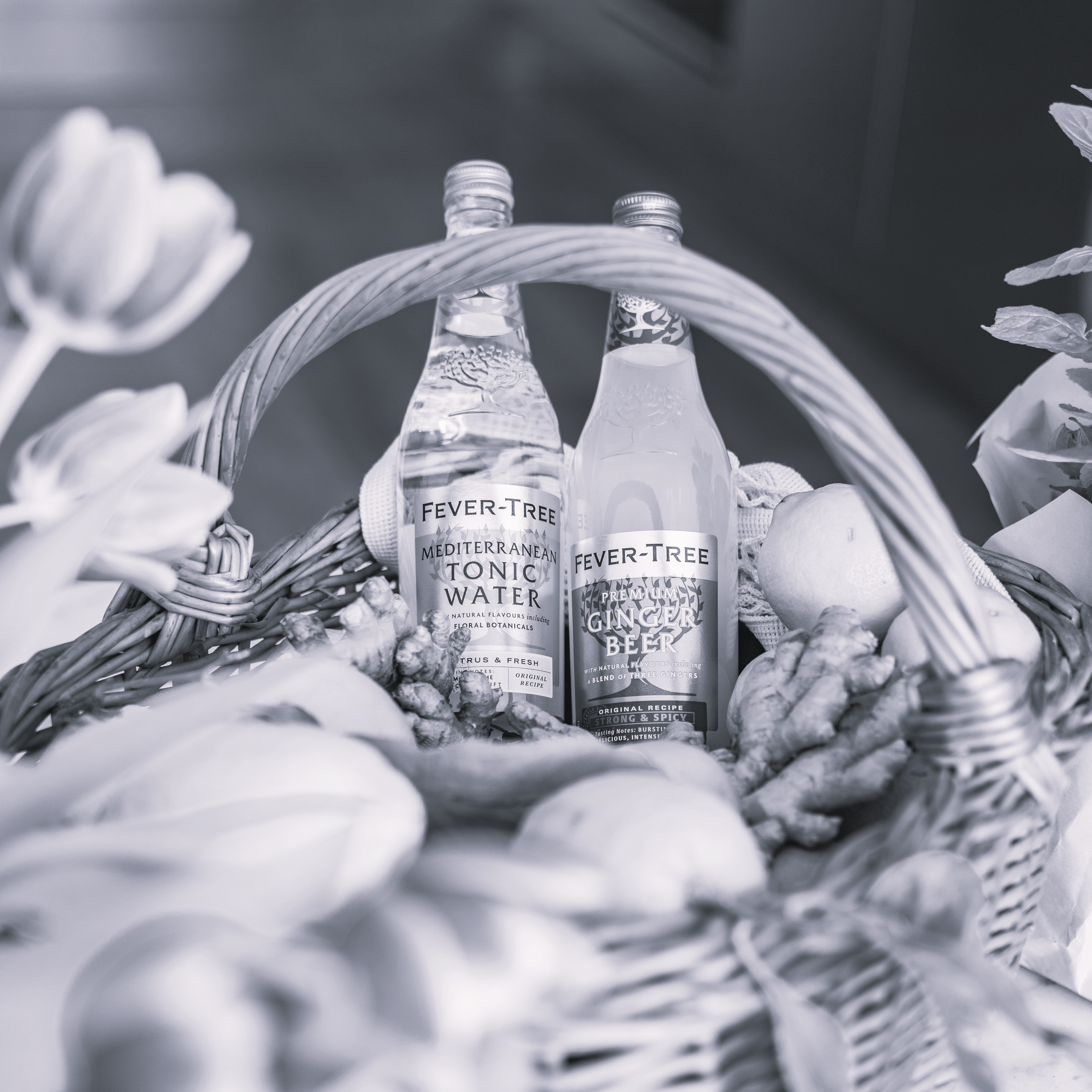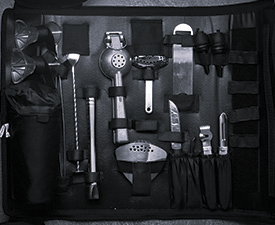Sauvignon Blanc can trace its origins to western France in the Loire Valley and Bordeaux regions, but it was the style of wine made here in New Zealand in the 80's that got people to take notice again and enjoy this expressive grape.
When it comes to making Sauvignon Blanc, winemakers can harvest the grapes at various intervals for different blending characteristics that the grape can impart depending on its ripeness. At its most unripe stage, the grape is high in malic acid. As it progresses towards ripeness the grape develops red & green pepper flavours and in warmer climates, leading towards topical fruits like pineapple. Grapes grown on large sites may exhibit different levels of ripeness over the vineyard, caused by slight unevenness in the land, soil, temperature, sunlight and wind giving a unique flavour profile to the resulting wine.
Sauvignon Blanc can be greatly influenced by decisions in the winemaking process. One decision is the amount of contact that the 'must' has with the skins of the grape. Some winemakers, like in the Loire, intentionally leave a small amount of must to spend time in contact with the skins for later blending. Other winemakers, like in California, generally avoid any contact with the skin due to the reduced aging ability of their resulting wine.
Another important decision is the temperature of fermentation. French winemakers prefer warmer fermentations (around 16-18C) that bring out the mineral flavours in the wine while New World winemakers prefer slightly cooler temperatures to bring out more fruit and tropical notes.
A small minority of Loire winemakers will put the wine through malolactic fermentation, a practice performed here in NZ. Oak aging can have a pronounced effect on the wine, with the oak rounding out the flavours and softening the naturally high acidity of the grape. Some winemakers, like those in New Zealand and Sancerre, prefer stainless steel fermentation tanks over barrels with the intention of maintaining the sharp focus and flavour intensity.










